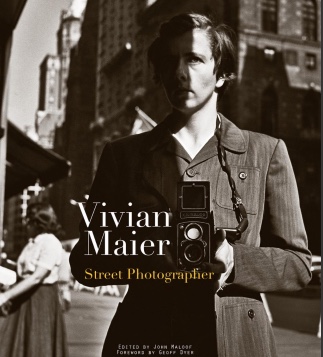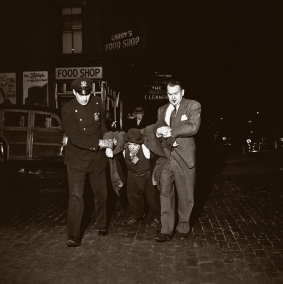This is a book I have owned for a while and is a paperback. It is well worn which gives an indication of how I feel about this book.
In essence the book is divided into 6 chapters and the way each chapter is laid out is similar, even though the content differs greatly. In each chapter there are a number of images, which for a paperback are quite well printed and assets the text. They add to the narrative the book is delivering . In addition there are pointers in the margins that reference the artist work or points of reference and further information and areas which you can further research should you wish to do so.
Each chapter has a case study, which I have not completed these per se, but I have used these to make me think about what I have read and produced, which is ostensibly what completing a degree is all about. This is not a book that needs reading from page 1 to the end but is a reference work and one which I have quoted in my last 2 assignments.
Books on photography and art can sometimes be overly self indulgent treating the non educated as inferior and somewhat stupid, however it is my opinion that the book is well written, easy to understand and informative from a student’s perspective.
I have particularly enjoyed the chapter called ” Surveyors and surveyed” as this includes valuable insights into documentary photography and covers war photography and have quoted from this section in my assignments during my work with C&N. (especially useful for Assignment four)
The ISBN is 978-0-415-85429-0
My copy was bought from Amazon, with a student discount.
I can whole heartedly recommend this to any student of photography.


